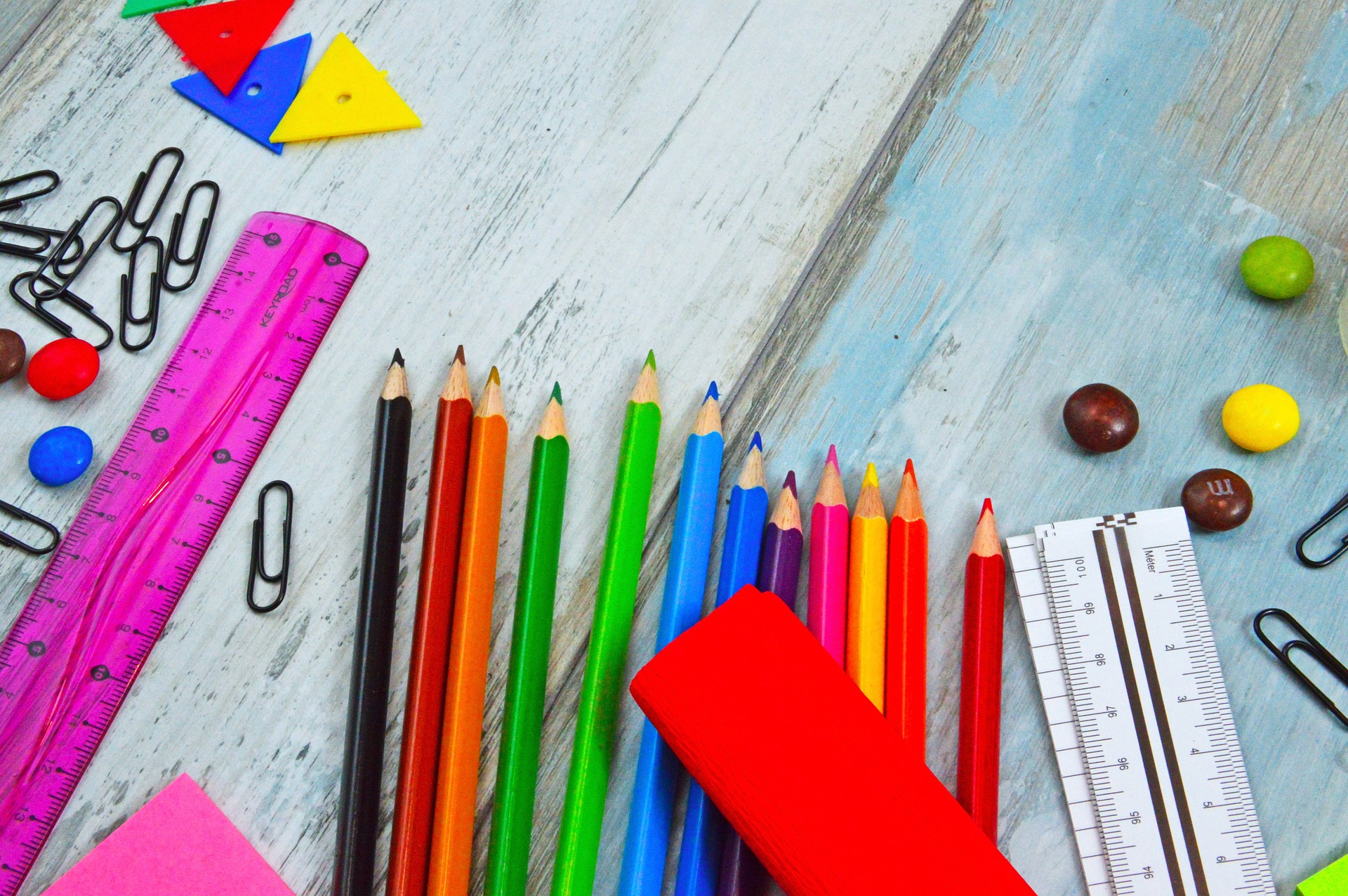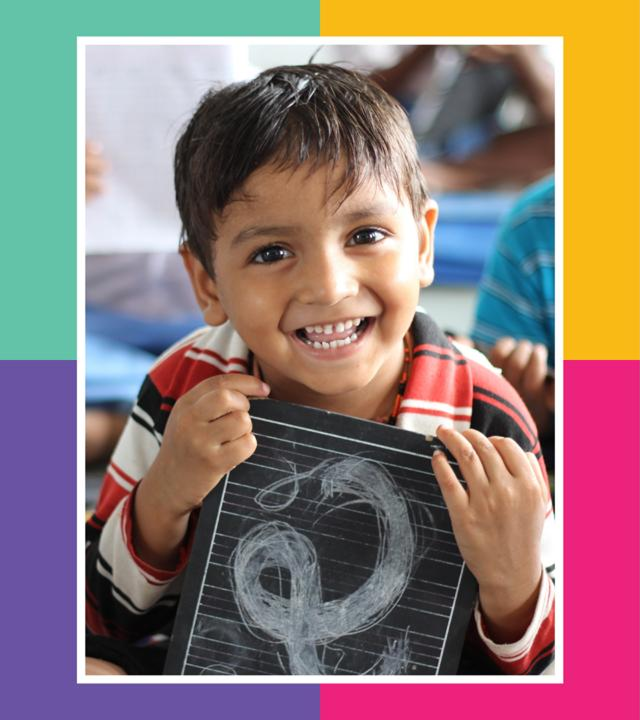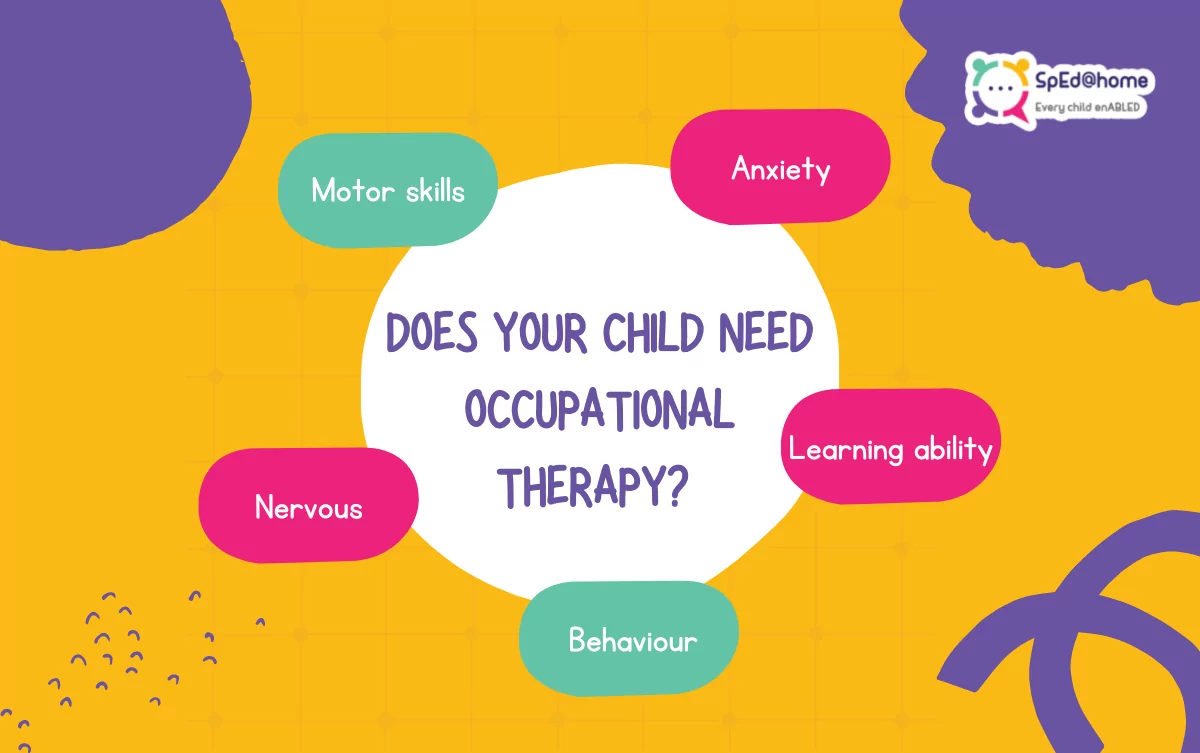Personalized Education Plans After Special Education Assessment
Every child learns differently, and a personalized education plan after a special education assessment ensures that learning is tailored to their unique needs. Following a comprehensive assessment, these plans help children overcome challenges, build on their strengths, and reach their full academic and developmental potential. Personalized education plans are central to creating an inclusive, effective, and supportive learning environment.
What Is a Personalized Education Plan?
A personalized education plan (often called an Individualized Education Plan or IEP) is a structured document that outlines the educational goals, accommodations, teaching strategies, and interventions tailored to a child’s needs. It is developed after a thorough special education assessment, which identifies areas of difficulty, cognitive abilities, learning styles, and behavioral or emotional needs.
Why Personalized Education Plans Are Important
- Tailored Learning: Supports children in ways that align with their strengths and challenges.
- Structured Support: Provides teachers and parents with clear guidance for instruction and interventions.
- Goal-Oriented: Focuses on specific academic, social, and behavioral outcomes.
- Early Intervention: Ensures timely strategies to address learning difficulties and prevent long-term setbacks.
- Confidence and Motivation: Helps children experience success, fostering self-esteem and a positive attitude toward learning.
Key Components of a Personalized Education Plan
- Assessment Results: A summary of the child’s strengths, weaknesses, and areas requiring support.
- Learning Goals: Clear, measurable objectives for academic, social, and behavioral development.
- Instructional Strategies: Methods tailored to the child’s learning style, such as visual aids, multi-sensory teaching, or assistive technology.
- Accommodations and Modifications: Adjustments to the curriculum or environment to facilitate learning, such as extended time, small group instruction, or specialized tools.
- Support Services: Additional interventions like speech therapy, occupational therapy, or behavioral coaching.
- Progress Monitoring: Regular evaluations to track improvement and adjust strategies as needed.
How Personalized Education Plans Benefit Children
- Improved Learning Outcomes: Customized approaches help children grasp concepts more effectively.
- Behavioral Support: Strategies address emotional regulation, attention, and social skills.
- Parental Engagement: Parents understand their child’s needs and can reinforce strategies at home.
- Teacher Guidance: Educators receive clear, actionable plans for implementing instruction.
Implementing a Personalized Education Plan
Once the plan is created, collaboration between parents, teachers, and specialists is key. Regular meetings, progress tracking, and adjustments ensure that the plan evolves with the child’s growth. Technology can also support monitoring and provide resources for both educators and parents.
Final Thoughts
A personalized education plan after a special education assessment is more than a document—it is a roadmap for a child’s success. By aligning learning strategies with individual needs, it empowers children to overcome challenges, achieve academic milestones, and build confidence. Early and personalized support transforms the learning experience, ensuring that every child has the opportunity to thrive.


